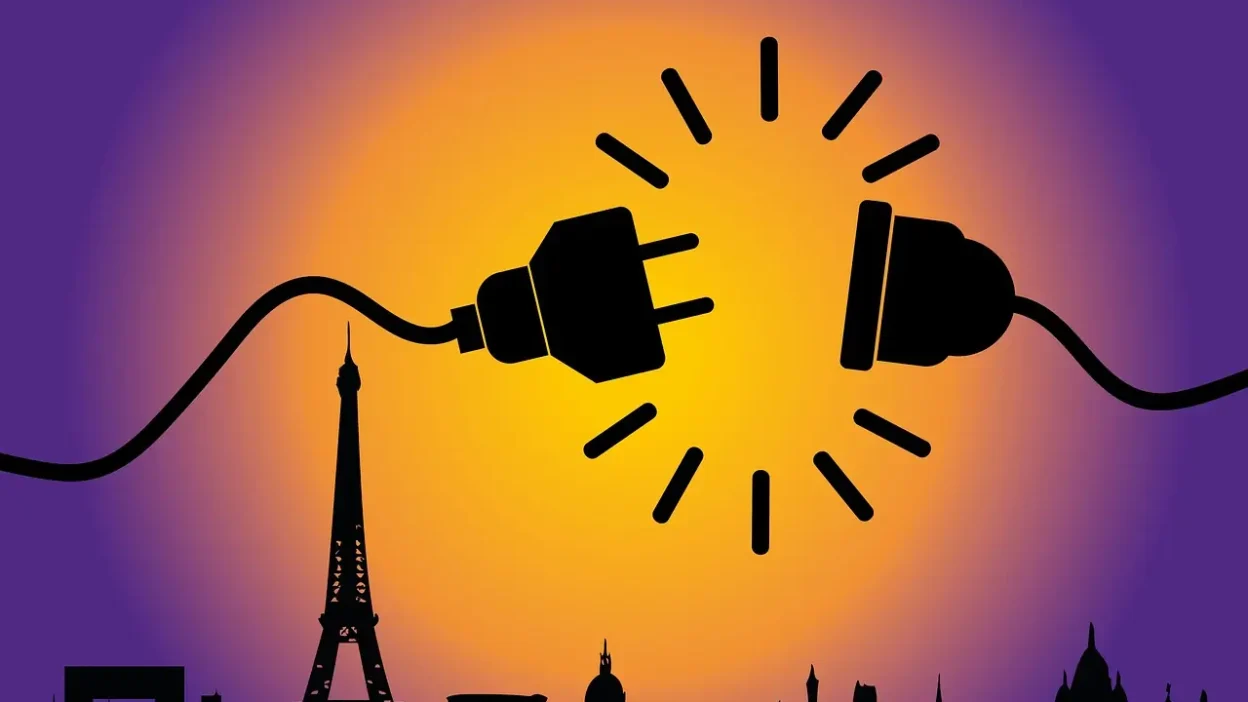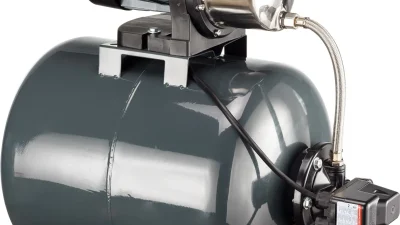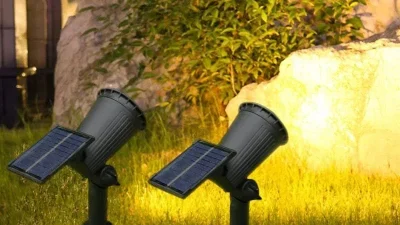Standby power loss in inverters and everyday electronics is a hidden drain on your energy bills and the environment. Devices left plugged in even when powered off often draw small amounts of power, adding up across homes, offices, and businesses. Understanding and minimizing standby power loss helps save money, reduce carbon footprints, and extend the life of your equipment. In this guide, learn what causes standby power loss, which devices are most affected, and effective strategies to cut this waste for good.
Table of Contents
- What Is Standby Power Loss?
- Why Do Inverters and Electronics Consume Standby Power?
- Common Household and Industrial Culprits
- How to Identify Devices with High Standby Loss
- Proven Methods to Reduce Standby Power Loss
- Standby Power Reduction in Inverter Systems
- Future Trends in Standby Power Minimization
- Conclusion
What Is Standby Power Loss?
Every modern electronic device that has a standby mode or remains plugged in while off can consume electricity, a phenomenon widely known as standby power loss. Also referred to as vampire power or phantom load, this unintended consumption occurs because certain circuits stay active to maintain settings, receive remote commands, or perform background operations. Even a small draw typically one to ten watts per device can translate into significant waste over months and years, especially for households with multiple electronics.
Common sources of standby power loss include devices with clocks, sensors, indicator lights, or instant on features. While a few watts might seem negligible, the cumulative effect across millions of homes worldwide leads to billions of dollars lost in electricity and tons of unnecessary greenhouse gas emissions.
Why Do Inverters and Electronics Consume Standby Power?
The need for convenience, reliability, and smart features causes electronics and inverters to draw power even when not actively used. Critical circuits within inverters often remain energized to maintain monitoring, quick startup, or battery charging. Televisions, game consoles, printers, and chargers continue to operate auxiliary power supplies and low power processors for remote control response or data retention.
Several technical reasons make standby power consumption hard to avoid:
- Power Supplies: Many devices use switched mode power supplies designed to supply a trickle of power in standby mode.
- Remote Sensing: Infrared sensors and Bluetooth modules must remain alert to respond instantly when prompted.
- Status Displays: Clocks, LEDs, status indicators, and digital displays are kept live continuously.
- Network Connectivity: Smart devices often maintain background network connections to receive updates or commands.
This persistent energy requirement, though meant to enhance user experience, directly increases standby losses. Understanding these electronics’ internal processes is the first step to controlling energy waste.
Common Household and Industrial Culprits
Nearly any plug in device can contribute to standby losses, though some are far more notorious than others. Here are common offenders categorized by environment:
Household Devices
- Televisions (especially smart TVs)
- Cable, satellite, and streaming boxes
- Game consoles and desktop computers
- Chargers for phones, laptops, and tablets
- Microwave ovens with clocks and displays
- Printers, scanners, and other peripherals
- WiFi routers and smart home devices
Industrial and Commercial Equipment
- Uninterruptible power supplies (UPS) and inverters
- Vending and point of sale machines
- Industrial control panels
- HVAC control equipment
- Server racks and modulation devices
The diversity of devices means that virtually every home or business can benefit from a holistic approach to reducing standby power usage.
How to Identify Devices with High Standby Loss
Before you can reduce standby power loss, you must identify which devices are drawing the most power when idle. The following steps will help:
- Visual Inspection: Look for devices with always on lights, clocks, or digital displays.
- Use a Power Meter: Plug suspected devices into a kilowatt hour meter (such as Kill A Watt or similar devices) to measure real time standby consumption.
- Check Manufacturer Specifications: Some manuals list standby power usage among technical details.
- Evaluate Device Age: Older electronics are often less efficient than newer, energy certified models.
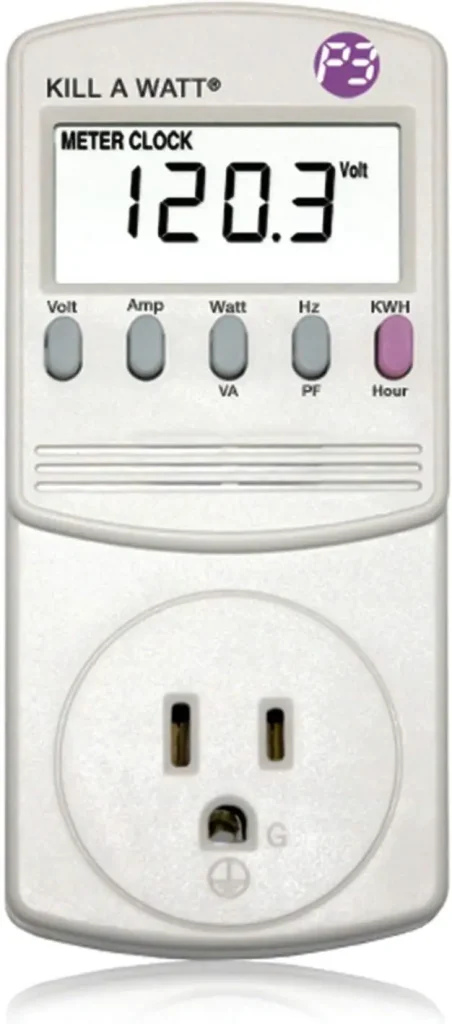
Compiling a list of high drain devices allows you to prioritize your efforts for maximum energy and cost savings.
Proven Methods to Reduce Standby Power Loss
Actively cutting down on standby power can lead to not only lower utility bills but also environmental benefits. Here are the most effective strategies:
1. Use Advanced Power Strips
Smart power strips detect when main devices are powered off and automatically cut electricity to connected peripherals. For example, if a television is off, the power strip can shut off DVD players, soundbars, and game consoles linked to it.
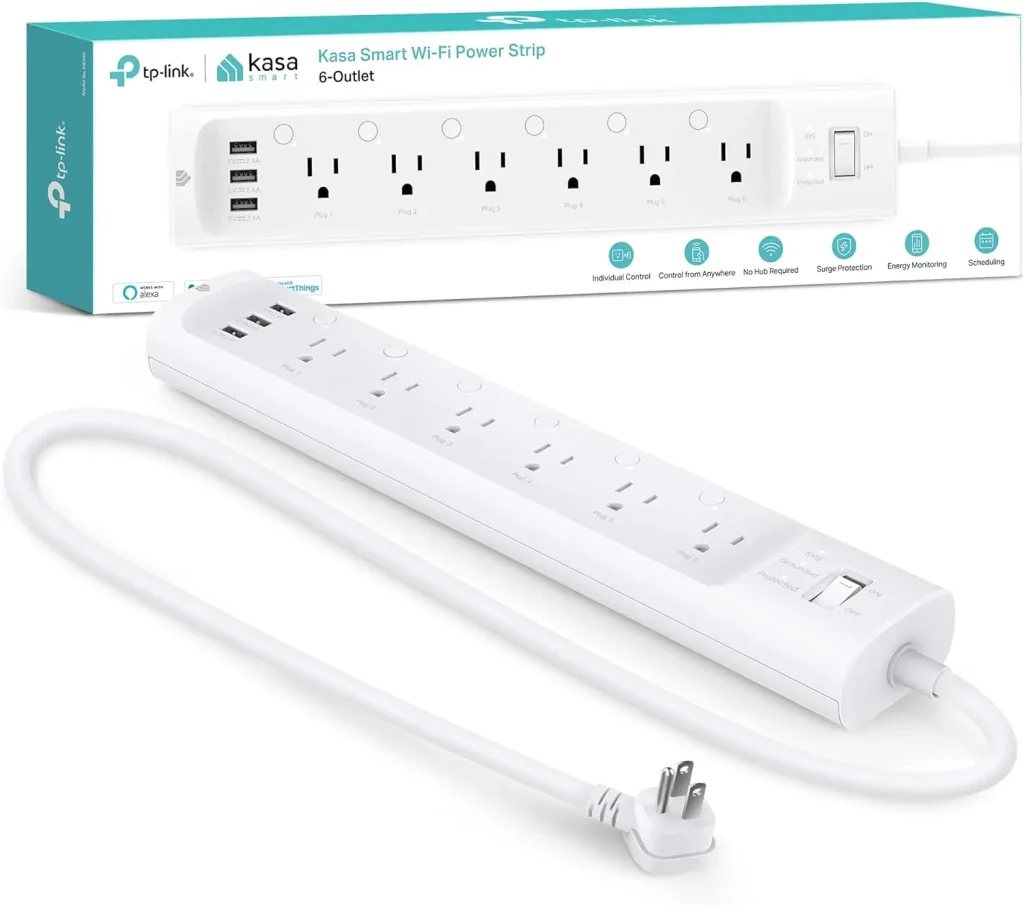
2. Unplug Devices Manually
Though sometimes inconvenient, unplugging unused chargers, appliances, or entertainment equipment is a simple way to curb unnecessary draw.
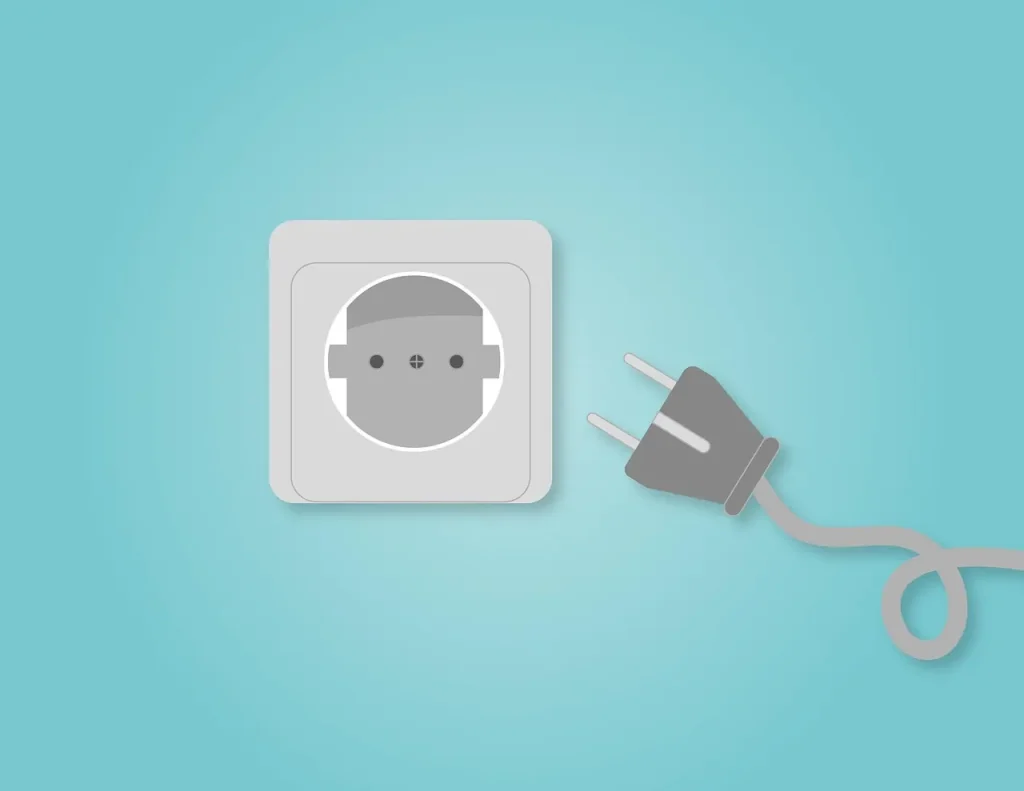
3. Choose Energy Efficient Electronics
When purchasing new devices, look for the ENERGY STAR certification or similar energy efficiency ratings. These models are engineered to minimize standby loads, often using less than one watt in standby mode.

4. Enable Power Saving Modes
Modern computers, monitors, and smart TVs offer power save settings that enable ultra low power operation or completely power down displays after periods of inactivity.
5. Conduct Regular Energy Audits
Conducting periodic audits with a handheld energy meter helps identify any devices that are consuming more than expected in standby mode. This approach ensures that changes in your electronics lineup do not lead to new sources of wasted energy.
Standby Power Reduction in Inverter Systems
Inverters, critical for backup power and renewable energy systems, are notorious for drawing significant standby current. This drain arises from battery maintenance circuits, internal controllers, and status displays. Strategies for minimizing their standby power include:
- Auto Sleep Modes: Many newer inverters feature intelligent sleep functions that deactivate nonessential circuitry when load detection senses no demand.
- Timer Controls: Installing programmable timers ensures inverters only operate within necessary timeframes.
- Updating to High Efficiency Models: Upgrading to a newer inverter with improved standby efficiency can yield rapid payback through reduced energy waste.
- Device Grouping: Where possible, link multiple devices to a single inverter or UPS to avoid redundancies and maximize load efficiency.
Always consult your inverter’s manufacturer about recommended configurations and available power saving features.
Future Trends in Standby Power Minimization
As awareness of standby losses grows, so do efforts to tackle the issue at the design level. Major trends pushing efficiency forward include:
- International Standards: Regulations such as the International Energy Agency’s “1 Watt Initiative” are lowering the limit on permissible standby consumption for a global range of products.
- Smart Home Integration: Devices are increasingly managed by centralized hubs that actively monitor and power down electronics when not in use.
- Component Advancements: Manufacturers are adopting advanced low power microcontrollers, efficient standby power supply circuits, and improved battery management chips. These hardware innovations allow electronics and inverters to maintain required functions while reducing energy waste to an absolute minimum.
- Wireless Power Management: With the rise of Internet of Things (IoT) ecosystems, wireless technologies now remotely switch off or place devices into deeper sleep states based on usage patterns and occupancy sensing.
- User Centric Design: Modern devices are being built with intuitive interfaces and settings that make power saving features easy to enable, shifting the onus from the user to the device itself.
Legislation worldwide continues to tighten requirements for standby power efficiency. As regulations become more stringent, the market will see an even greater supply of electronics and inverters capable of ultra low standby consumption often less than half a watt per device. This shift promises significant reductions in global electricity usage over the next decade.
Conclusion
Standby power loss is an often overlooked source of energy waste and unnecessary cost for both residential and commercial users. Every device that remains plugged in or on standby represents a small but persistent source of electrical consumption. Inverters and modern electronics, while essential to daily life and business operations, can each contribute to this hidden load. By understanding which devices are responsible, employing advanced power strips, unplugging unused equipment, choosing energy efficient models, and leveraging smart technology, you can dramatically reduce standby power losses.
Looking ahead, the trend toward stricter regulations, smarter design, and greater user awareness means reducing standby power loss will become even easier and more impactful. A comprehensive approach not only helps save on electricity bills and conserves resources but also supports a broader drive toward sustainable energy use in homes, businesses, and critical infrastructure.
Take practical steps today by identifying your home or business’s largest standby power culprits and implementing proven reduction strategies. The cumulative effect of many small changes can result in meaningful savings and a positive impact on the environment.


